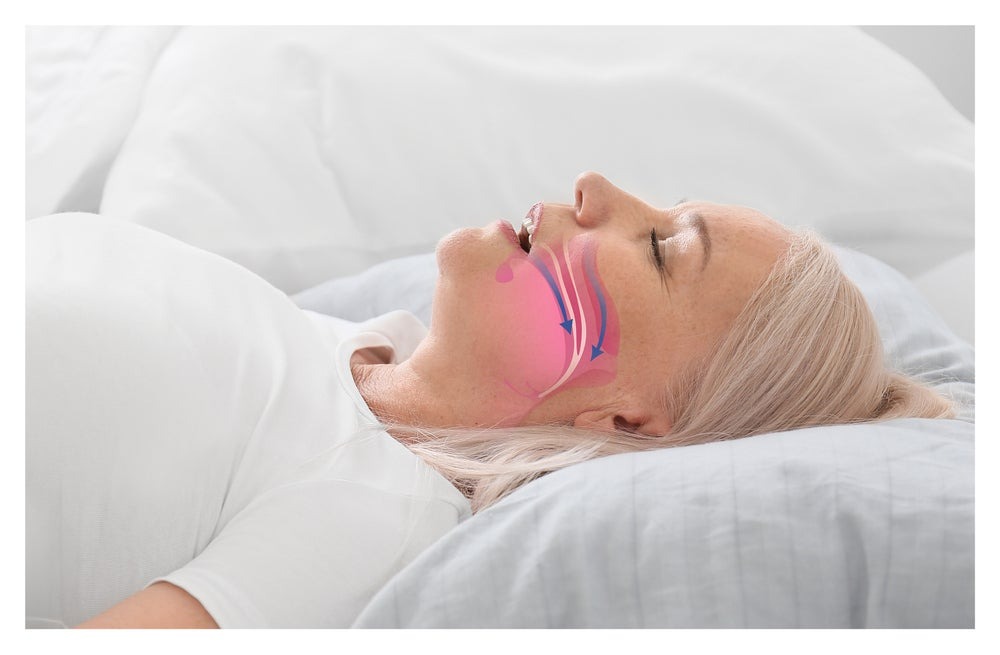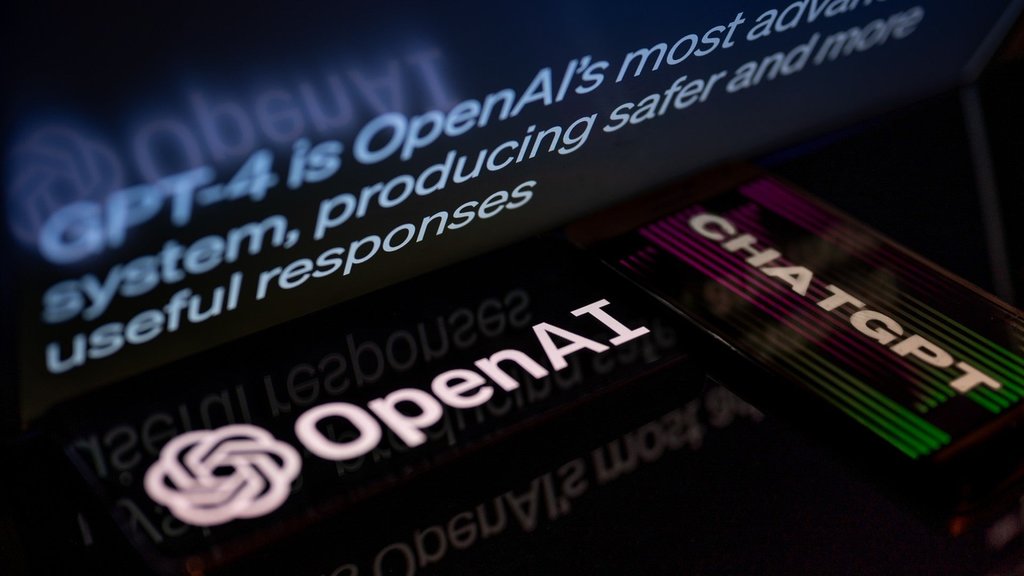Comment
Neuromodulation reshaping obstructive sleep apnea treatment landscape
Neuromodulation is transforming the OSA landscape, offering distinct advantages over continuous positive airway pressure (CPAP) therapy. By GlobalData Healthcare.

Credit: Pixel-Shot via Shutterstock.
Effective treatments for obstructive sleep apnea (OSA) are essential not only to alleviate immediate symptoms, such as snoring and daytime fatigue, but also to reduce associated risks including cardiovascular disease, diabetes, and cognitive impairment. With more than 900 million individuals globally affected by moderate to severe OSA, there is an urgent need to address these health concerns and a push for innovation and investment in the sector.
Neuromodulation is rapidly transforming the OSA landscape by offering distinct advantages over the current standard of care – continuous positive airway pressure (CPAP) therapy. Neuromodulation directly stimulates muscles to ensure the airway remains open during sleep. These devices effectively manage OSA symptoms while overcoming patient hesitancy, discomfort and the poor adherence associated with CPAP therapy, thereby improving patient outcomes and quality of life.
Frequent recalls of conventional OSA treatment devices from major respiratory players, such as Philips and ResMed, have also shaken consumer confidence, intensified the search for more reliable devices and propelled the acceptance of novel treatments. This has created a window of opportunity for alternative solutions to gain market share.
A paradigm shift from conventional therapies
Within the OSA neuromodulation market, the long-time leader, Inspire Medical Systems, has recently shown remarkable revenue growth from $233 million in 2021 to $624 million in 2023. This financial success signals a paradigm shift away from conventional therapies toward more innovative, patient-centric solutions and illustrates the substantial market potential in this segment. As awareness and clinical validation increase, this segment is poised for further expansion and the potential to capture a larger share of the OSA treatment market.
While Inspire continues to lead the market, new competitors are positioning themselves in this emerging market by developing devices with cutting-edge technology. Innovative devices, such as Nyxoah’s minimally invasive and battery-free Genio System, are making significant advances. The Genio System’s positive outcomes for the first 12 months of the DREAM trial (NCT03868618) will help pave the way for its forthcoming US marketing authorisation. Additionally, companies such as StimAire and Vivos Therapeutics are introducing non-surgical alternatives, expanding the treatment options available to patients and clinicians and potentially reshaping the competitive landscape.
This period marks an exciting juncture for neuromodulation markets and OSA treatment, with profound implications for patient care and industry growth. Capitalising on emerging opportunities will require a keen understanding of market trends, patient needs and the competitive landscape. Those who can navigate this dynamic environment effectively will likely emerge as leaders in the evolving market for OSA treatments.


Caption: The US Pentagon is seeking to reduce carbon emissions through a range of programmes, but will it go far enough? Credit: US DoD
The mine’s concentrator can produce around 240,000 tonnes of ore, including around 26,500 tonnes of rare earth oxides.
Gavin John Lockyer, CEO of Arafura Resources
Total annual production

$345m: Lynas Rare Earth's planned investment into Mount Weld.

Caption. Credit:

Phillip Day. Credit: Scotgold Resources